Kyiv is under large-scale Russian missile attacks, Ukrainian officials say
Kyiv is under a large-scale Russian aerial attack, Ukrainian officials say, as air defence systems are activated across the capital....
Twenty-two years ago, the Concorde made its final descent into London, marking the end of an era when air travel reached twice the speed of sound and luxury met groundbreaking engineering.
The rise of supersonic flight
The Concorde was born out of the 1960s space-age optimism and Anglo-French cooperation. Developed by Britain’s Aircraft Corporation and France’s Aérospatiale, it was designed to break the sound barrier and transform the skies. The first prototype flew in 1969, and by 1976, British Airways and Air France were offering commercial services across the Atlantic.
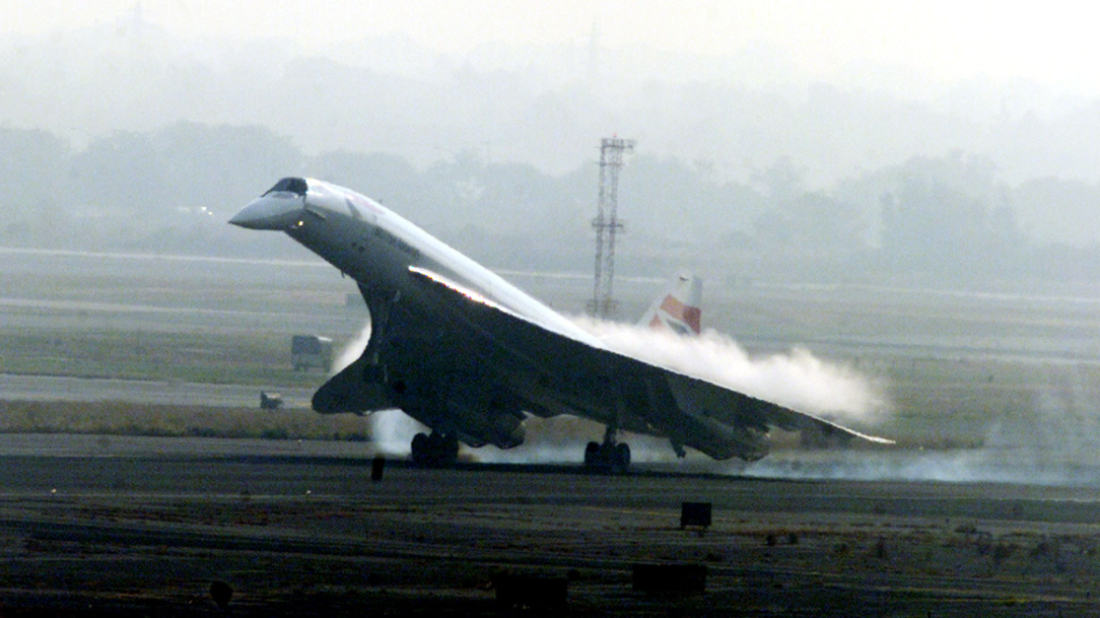
For nearly three decades, Concorde represented the pinnacle of luxury air travel. Crossing the Atlantic in just over three hours, it cut the journey time from London to New York by more than half. Passengers — from diplomats and film stars to business leaders — paid premium fares to experience the future of flight.
Engineering brilliance
Concorde’s design was a masterpiece of aerodynamics. Its slender fuselage and delta-shaped wings allowed it to cruise efficiently at Mach 2.04, roughly 2,180 kilometres per hour — more than twice the speed of sound. The aircraft flew at altitudes of about 60,000 feet, where passengers could see the curvature of the Earth against a deep indigo sky.

Its most distinctive feature, the droop nose, tilted downward during take-off and landing to improve pilot visibility, then lifted during supersonic cruise to reduce drag. The airframe, made primarily from aluminium alloy, expanded by nearly 25 centimetres in flight due to heat generated by air friction, which could raise the outer skin temperature to 127°C. Engineers compensated with flexible joints and expansion gaps throughout the structure.

Four Rolls-Royce/Snecma Olympus 593 turbojet engines, each producing around 38,000 pounds of thrust with afterburners engaged, powered the aircraft. At take-off, the engines consumed nearly 450 litres of fuel every minute. In cruise, Concorde burned about 20 tonnes of kerosene per hour — an extraordinary figure for a plane carrying just 100 passengers.
The price of speed
Speed came at a cost. The Concorde’s high fuel consumption and small passenger capacity meant ticket prices were among the highest in commercial aviation. The aircraft’s sonic boom restricted its routes to oceanic airspace, preventing it from operating over populated areas. Environmentalists also criticised its noise and emissions, which exceeded those of conventional jets.
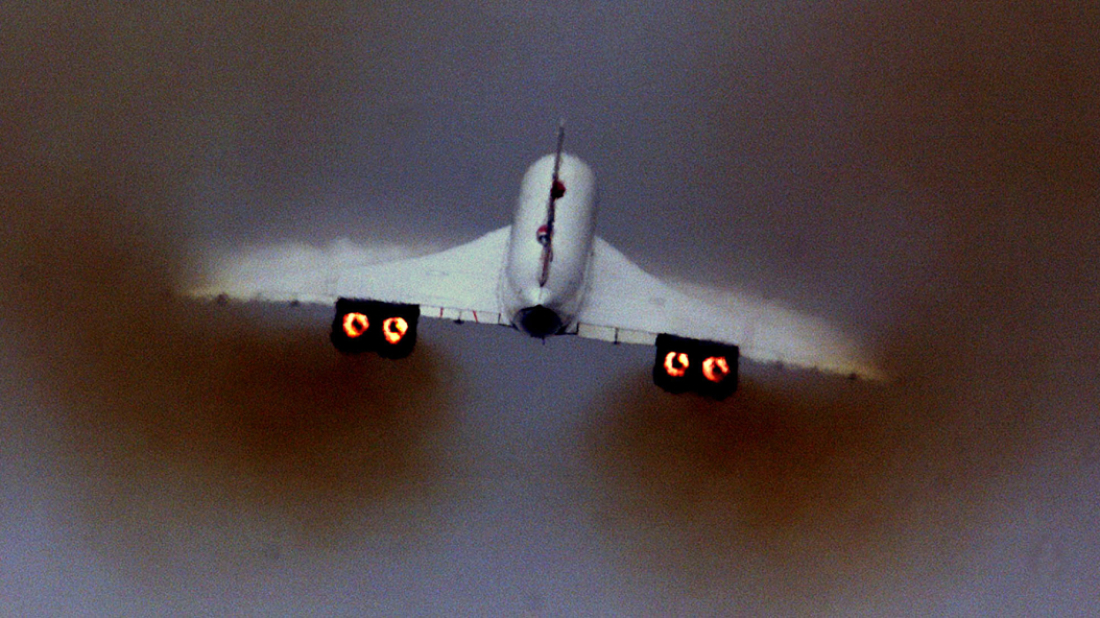
Maintenance was another challenge. Every hour of flight required an estimated 18 hours of ground servicing, and the ageing fleet became increasingly expensive to sustain. By the early 2000s, with parts harder to source and demand waning, the economics of supersonic travel no longer added up.
The crash and decline
On 25 July 2000, Air France Flight 4590 crashed shortly after take-off from Paris, killing all 113 people on board. Investigators traced the cause to a burst tyre that ruptured a fuel tank. Although modifications were made and the fleet returned to service, public confidence never fully recovered.
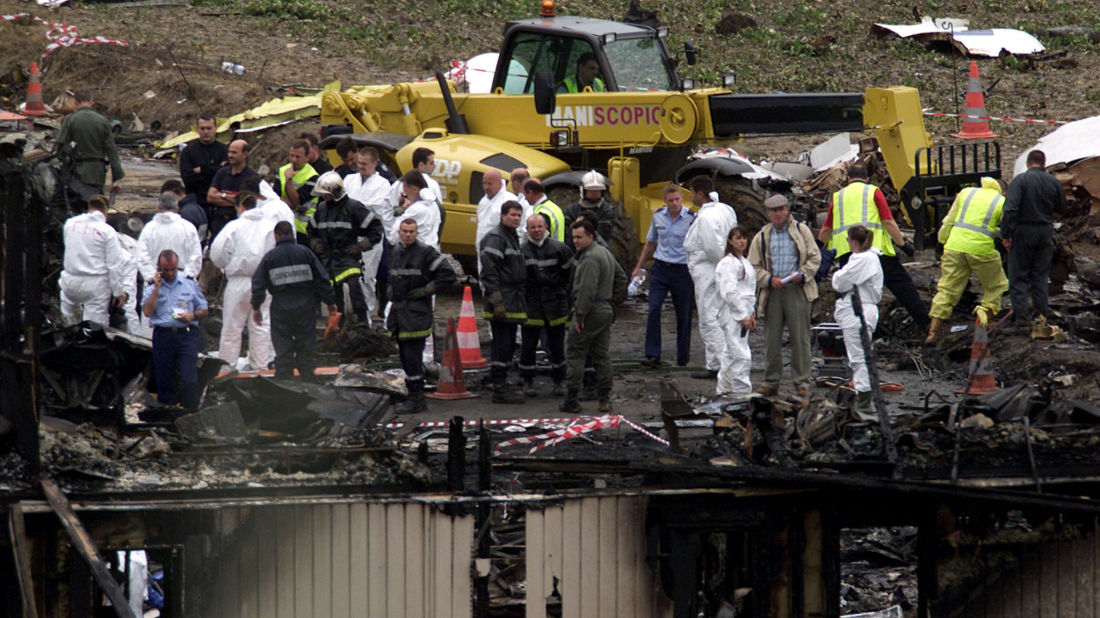
The 11 September 2001 attacks further reduced demand for premium transatlantic travel, and by 2003, both British Airways and Air France announced the retirement of their Concorde fleets.
The final flight
On 24 October 2003, three British Airways Concordes made their final landings at London’s Heathrow Airport. One arrived from New York, another from Edinburgh, and a third from a farewell tour. Tens of thousands of spectators gathered to watch as the world’s only supersonic passenger jets touched down for the last time — an emotional farewell to an era defined by innovation and audacity.
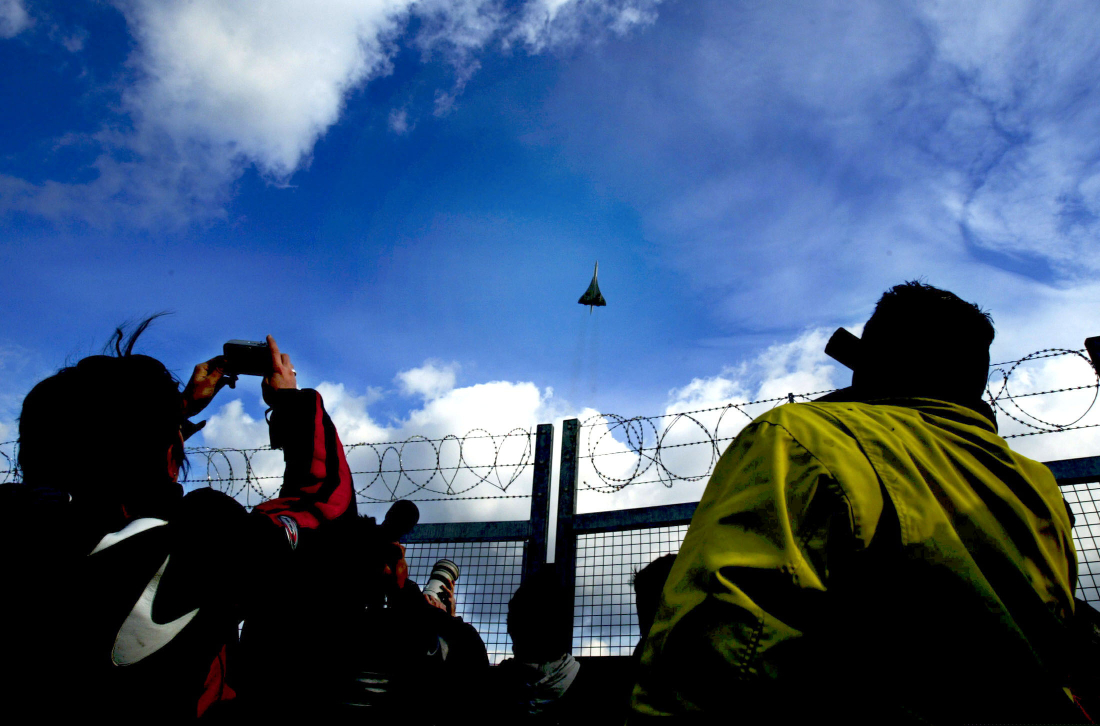
The legacy lives on
Concorde remains one of the most remarkable engineering achievements in aviation history. Its innovations — from advanced delta-wing aerodynamics to precision air-intake management — continue to influence modern aircraft design.
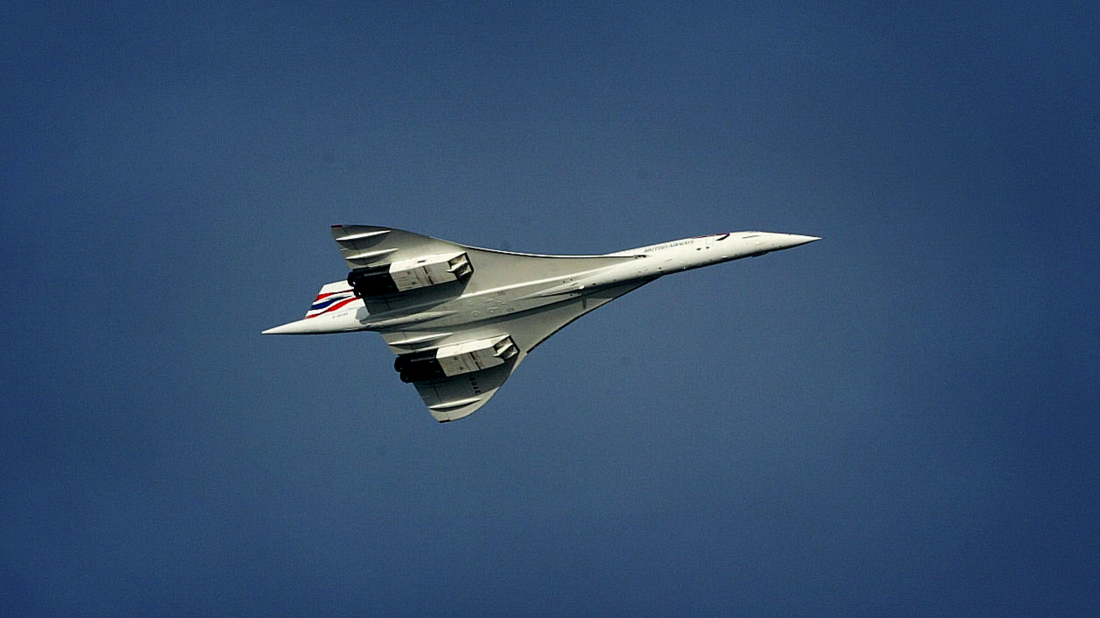
Today, new projects such as Boom Supersonic’s “Overture” and NASA’s “X-59” aim to bring back supersonic travel with quieter engines, better fuel efficiency, and reduced environmental impact.
Two decades after its final flight, Concorde’s legend still soars. It proved that human ambition could conquer both speed and altitude — even if the dream was too costly to last. Its story endures as a symbol of a time when flight was not just about reaching a destination, but redefining what was possible.
In 2025, Ukraine lived two parallel realities: one of diplomacy filled with staged optimism, and another shaped by a war that showed no sign of letting up.
Polish fighter jets on Thursday intercepted a Russian reconnaissance aircraft flying near Poland’s airspace over the Baltic Sea and escorted it away from their area of responsibility.
The United States carried out a strike against Islamic State militants in northwest Nigeria at the request of Nigeria's government, President Donald Trump and the U.S. military said on Thursday.
President Volodymyr Zelenskyy has said he will meet U.S. President Donald Trump on Sunday to discuss territory and security guarantees, as diplomatic efforts intensify to end Russia’s war in Ukraine.
Kyiv is under a large-scale Russian aerial attack, Ukrainian officials say, as air defence systems are activated across the capital.
Russia plans to modernise its nuclear triad, strengthen ground forces, and develop a universal air defence system as part of its new State Armament Programme for 2027–2036, the Kremlin announced on Friday.
At least 12 people have been confirmed dead and more than 160 are feared dead after a migrant vessel en route to Spain’s Canary Islands capsized off the coast of Senegal earlier this week.
Three women were injured on Friday after being stabbed by a man on Line 3 of the Paris metro, local authorities reported.
Four members of Syria’s General Directorate of Ports were injured on Friday when their vehicle came under fire east of Aleppo, local authorities reported.
Russia is likely preparing to station its new nuclear-capable Oreshnik hypersonic ballistic missiles at a former airbase in eastern Belarus, a move that could extend Moscow’s strike reach across Europe, according to an exclusive Reuters report.
You can download the AnewZ application from Play Store and the App Store.

What is your opinion on this topic?
Leave the first comment